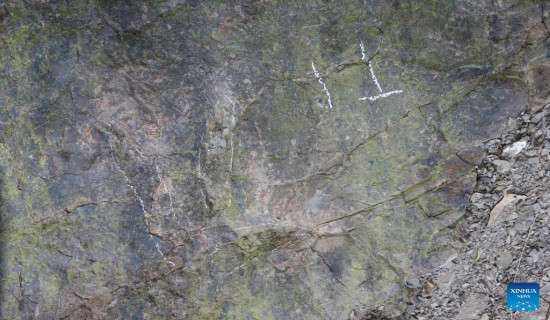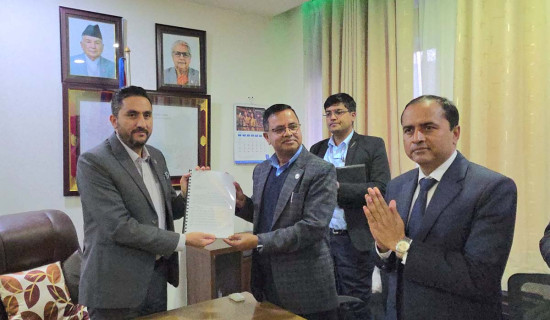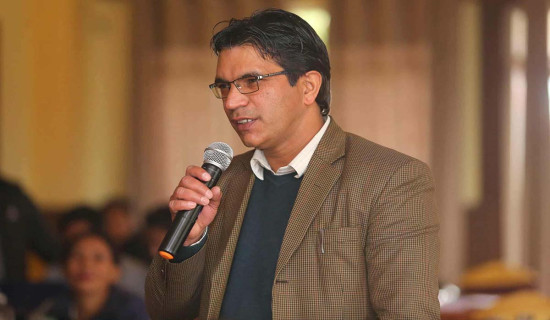- Monday, 15 December 2025
China's "Jiutian" large drone takes first flight, aims for versatile civil roles
This aircraft boasts a maximum takeoff weight of 16 tonnes and a payload capacity of 6,000 kilograms. It can operate for up to 12 hours with a ferry range of 7,000 kilometers, according to the AVIC, its designer.
Dinosaur footprints from about 200 mln years ago found in China
The tracks were found in the city of Dujiangyan by a hiker last month, and their authenticity was later confirmed by a research team led by Xing Lida, an associate professor at China University of Geosciences (Beijing). It is the first time dinosaur footprints have been reported in Dujiangyan.
Int'l Civil Aviation Day being marked today
The International Civil Aviation Day is being marked across the world today, especially in the ICAO Member States. This Day is being marked under the theme "Safe Skies and a Sustainable Future for All."
AI training for trekking agencies begins
A four-day training programme on IT-friendly tourism and AI commenced here today, with participation from various trekking companies.
International Geotechnical Conference on 17-19 March in Kathmandu
Nepal Geotechnical Society (NGS) has unveiled plans for GeoMandu 2027, a major international conference dedicated to geotechnical engineering and resilient infrastructure, scheduled for 17–19 March 2027 in Kathmandu.
TikTok adds AI controls, education push
TikTok has rolled out a new set of features aimed at helping users better understand, identify, and manage AI-generated content on the platform.
Need of environment friendly skills stressed
Stakeholders have emphasized on the need of environment-friendly skills in Nepal
Probe panel on purchase of billing system at Nepal Telecom submits report
Former secretary and coordinator of the committee, Maniram Gelal, presented the report to Minister for Communications and Information Technology, Jagdish Kharel, on Thursday.
Tiwari appointed TRN Online Editor
Sub-Editor of the daily, Tiwari has been working in the online edition for the last 12 years when the daily started online portal in a separate domain.
Telecommunication services rapidly expanding in remote areas
Nabaraj Bhattarai, a technician at the NT Office in Dolpa district, said the 4G services including the internet services are now available in the district. With this, around half a dozen of the villages including Phoksundo trail, Yarsha Patan and other areas were provided the communication services.
31 Nepali scientists included in the global ranking of best scientists
Secretary of Nepal Academy of Science and Technology (NAST) Rabindra Dhakal shared that 31 Nepali scientists have been included in the annual global ranking prepared by the Stanford University in collaboration with Elsevier.
Global ICT Leadership Forum proves productive for Nepal: Minister Kharel
Addressing the 19th Global ICT Leadership Forum held in Seoul, the capital of the Republic of Korea, Minister Kharel stated that the forum provided valuable opportunities for Nepal to advance its vision of becoming a digital and AI-driven nation. “The Digital Leadership Forum has been highly productive and successful in helping Nepal move toward becoming a digital and AI-friendly country,” he said.









-original-thumb.jpg)





